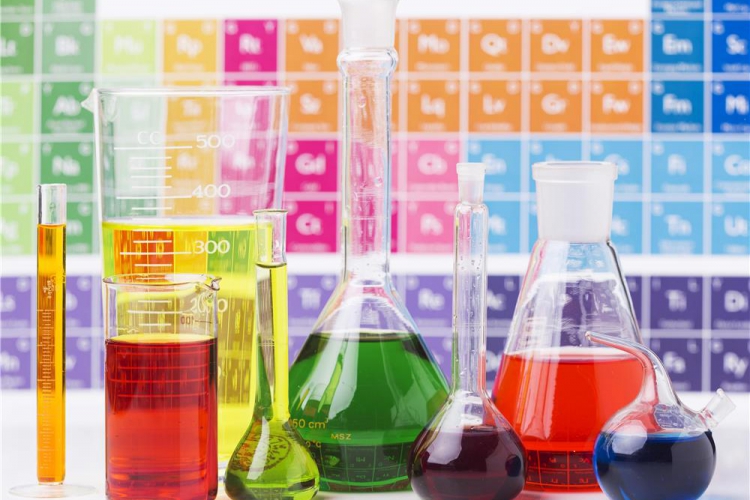Glycols

Glycols are liquid chemicals formulated from natural gas and crude oil. You can find glycols in everyday household items, including engine coolants, plastic bottles, and polyester fabric.
In a glycol molecule, two hydroxyl (-OH) groups are attached to different carbon atoms. The most common and simple types of glycol are ethylene glycol and propylene glycol.
DIETHYLENE GLYCOL (DEG)
Diethylene glycol has a variety of uses in industry. The tobacco industry takes advantage of its hygroscopic properties and uses it as a humectant in tobacco production. The same property makes it useful in the treatment of paper, cork, adhesive and cellophane, and is used as a dehydrant in the natural gas industry, where it removes water from gas pipelines.
Diethylene glycol is also used as a chemical intermediate in the manufacture of unsaturated polyester resins, plasticizers, acrylate and methacrylate resins, and urethanes.
MONOETHYLENE GLYCOL (MEG)
Mono Ethylene Glycol (also known as MEG) is a clear, colorless, almost odorless and slightly viscous liquid. It is miscible with water, alcohols and many organic compounds and has the formula C2H6O2. It is the most important of the commercially available ethylene glycols, as it has many industrial applications.
Polyethylene terephthalate (PET) is a strong global product to Mono Ethylene Glycol as it is a vital ingredient in the manufacture of polyester fibers, films and resins.
The second largest market for MEG is antifreeze applications, where it is a component in the manufacture of antifreeze, coolants, aircraft anti-icing and de-icers.
MONOPROPYLENE GLYCOL (MPG)
Monopropylene glycol (also known as propylene glycol, PG, propane1, 2diol and MPG) is a clear, colorless and viscous liquid with a characteristic odor and has the formula C3H8O2. This solvent is water soluble and has hygroscopic properties, meaning it can attract hard water molecules.
It is used in a wide variety of industries as it has low toxicity and is combined with a suppressed freezing point when mixed with water.
First, it is used in the food industry for food coloring and flavorings, and is also a classified humectant food additive (E1520). There are also many applications in the cosmetic industry that use this solvent, especially in shampoos, bubble baths, personal care products such as baby wipes, and as a moisturizer in make-up.
The latter is industrial grade MPG, which has a variety of uses, but the main application is antifreeze and aircraft wing and runway de-icer because its freezing point drops when mixed with water. It is also used in heat transfer fluids such as engine coolants.
Monopropylene Glycol is also found in the pharmaceutical industry, as a chemical intermediate in the manufacture of high-performance unsaturated polyester resins used in paints and varnishes, and as an excellent solvent used in printing inks.
